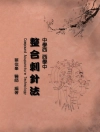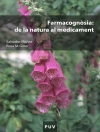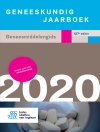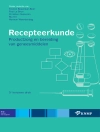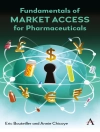Reactive oxygen species (ROS) have been implicated in almost every human disease phenotype, without much, if any, therapeutic consequence foremost exemplified by the failure of the so-called anti-oxidants. This book is a game changer for the field and many clinical areas such as cardiology and neurology. The term ‘oxidative stress’ is abandoned and replaced with a systems medicine and network pharmacology-based mechanistic approach to disease. The ROS-related drugs discussed here target either ROS- forming or ROS -modifying enzymes for which there is strong clinical evidence. In addition, ROS targets are included as they jointly participate in causal mechanisms of disease. This approach is transforming the ROS field and represents a breakthrough in redox medicine indicating a path to patient benefit. In the coming years more targets and drugs may be discovered, but the approach will remain the same and this book will thus become, and for many years remain, the leadingreference for ROSopathies and their treatment by network pharmacology.
Chapter ‘Soluble Guanylate Cyclase Stimulators and Activators’ is available open access under a Creative Commons Attribution 4.0 International License via link.springer.com.
Table of Content
Part I: ROS Revisited: Changing the Focus from Oxidative Stress and Redox Biology to Redox Medicine.- Demystifying oxidative stress.- Oxidants in Physiological Processes.- Network Medicine-Based Unbiased Disease Modules for Drug and Diagnostic Target Identification in ROSopathies.- Part II Targeting antioxidant responses.- Development of Telintra as an Inhibitor of Glutathione S-Transferase P.- Perspectives on the Clinical Development of NRF2-Targeting Drugs.- Part III: Inhibiting ROS formation and toxification.- NOX Inhibitors: From Bench to Naxibs to Bedside.- Nitric Oxide Synthase Inhibitors into the Clinic at Last.- Xanthine Oxidoreductase Inhibitors.- Monoamine Oxidase Inhibitors: From Classic to New Clinical Approaches.- Inhibition of Myeloperoxidase.- Part IV: Stimulating/substituting ROS.- Effects of Mammalian Thioredoxin Reductase Inhibitors.- Cardiovascular Therapeutic Potential of the Redox Siblings, Nitric Oxide (NO•) and Nitroxyl (HNO), in the Setting of Reactive Oxygen Species Dysregulation.- Tetrahydrobiopterin and Nitric Oxide Synthase Recouplers.- Part V: Repairing ROS damage.- Soluble Guanylate Cyclase Stimulators and Activators – Peter Sander.- Inhibitors of Advanced Glycation End Product (AGE) Formation and Accumulation.
About the author


